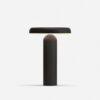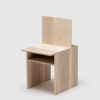Isamu Noguchi is one of the most important artists of the 20th century. His work is characterized by the fusion of art and design, as well as his abstract and organic forms. Noguchi’s unique style combined traditional and modern elements in a new way and had a profound influence on the art world.
However, his style was not always as distinctive as it is known today. One particular encounter was to change and shape his artistic expression forever. At the end of the 1920s, as a studio assistant to the Romanian sculptor Constantin Brâncuși, Noguchi had the opportunity to learn from one of the most outstanding artists of his time. Brâncuși, a key figure in the Parisian art scene at the time, expanded Noguchi’s understanding of form and materiality. In Isamu Noguchi, he found a special student and colleague and introduced him to the principles of abstraction.
At the beginning of the 1920s, Brâncuși had already been living in Paris for more than 15 years. He was in contact with artists such as Louise Bourgeois, Pablo Picasso and Marcel Duchamp. His art differed significantly from that of other artists of the time. With his reduced and abstract sculptures, he challenged the conventions of realism and created his own form of creative expression. Brâncuși’s work was highly praised in the US, especially by New York critics, and recognized as the pinnacle of modern sculpture. In France, however, his work was initially met with condescension and incomprehension.1
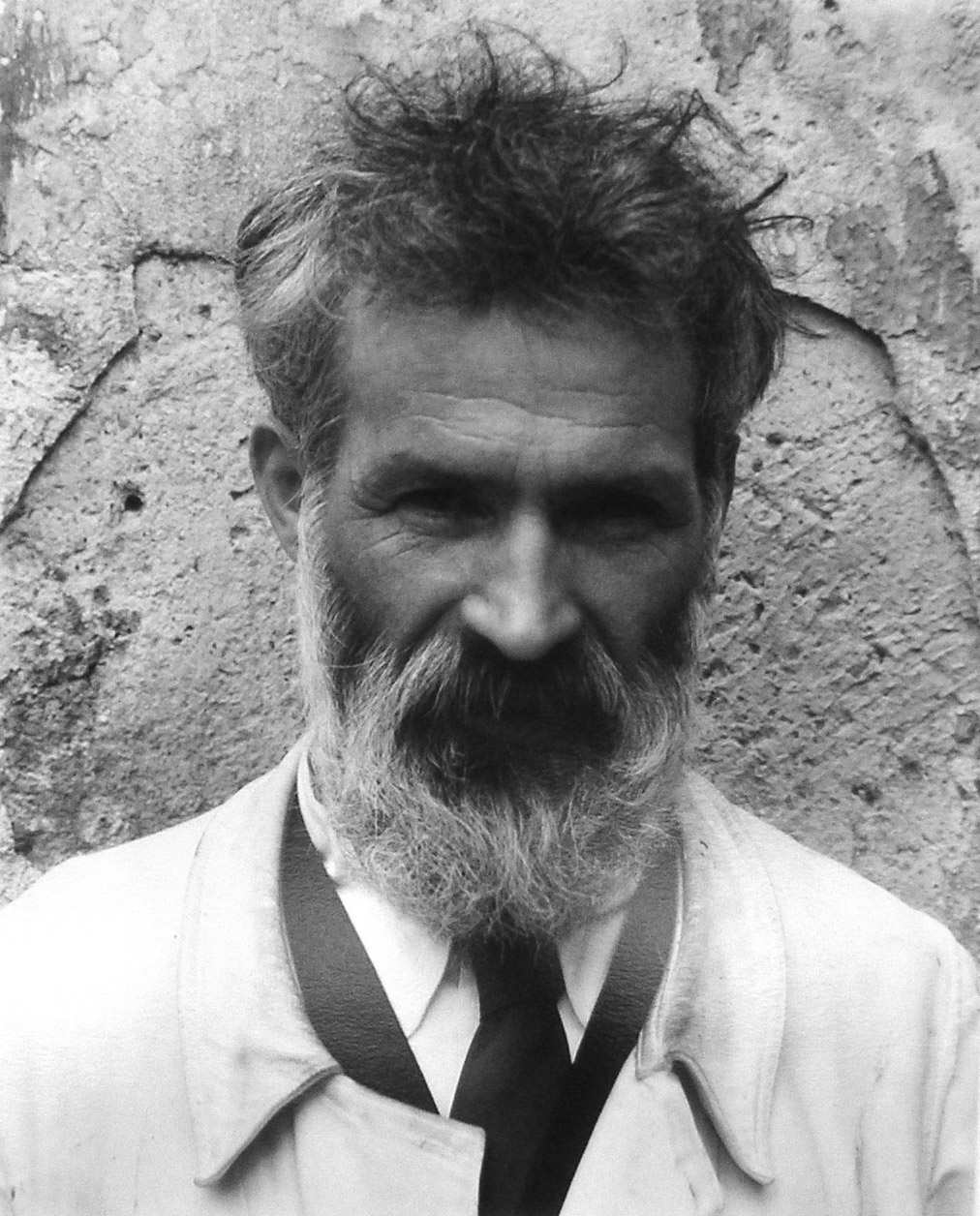
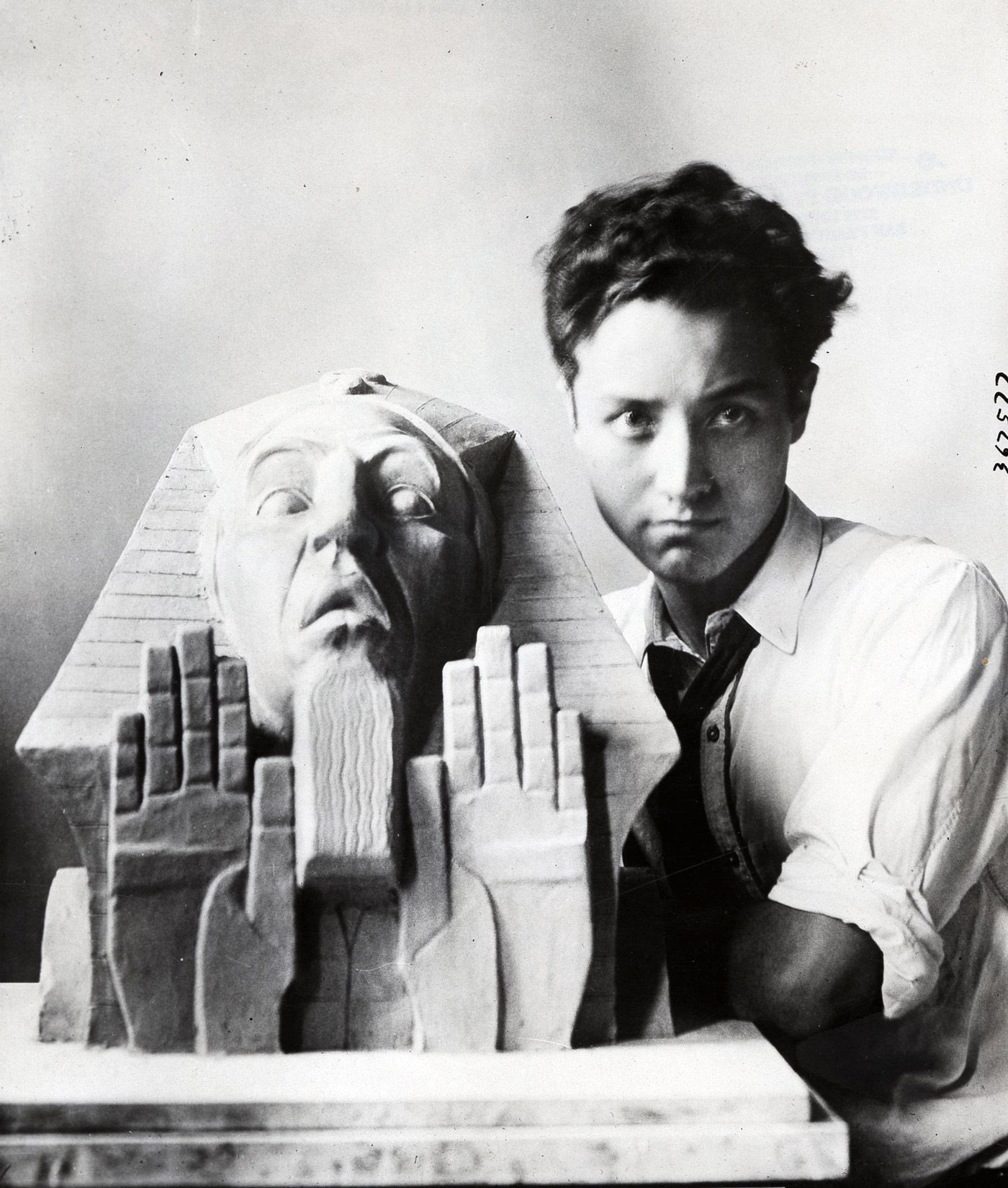
In November 1926, Brâncuși had an exhibition at the Brummer Gallery in New York, in which he showed “L’Oiseau dans l’espace” (Bird in Space). Isamu Noguchi, a young aspiring artist and student at Columbia University, visited this exhibition and was immediately fascinated by Brâncuși’s work. Noguchi’s sculptures were figurative and realistic at the time and anything but abstract and reduced. A look at the Catalogue Raisonné of the Noguchi Museum in New York provides insight into Noguchi’s early, still figurative and realistic works. “The exhibition of Brancusi that year [1926] on the beautiful top floor of the Brummer Gallery completely crystallized my uncertainties. I was transfixed by his vision,” he said of his visit to the exhibition.2
Six months later, a Guggenheim scholarship gave him the financial means to travel to Paris. Once there, he had the opportunity to get to know Brâncuși and eventually help out as his studio assistant part-time and without pay.
A new understanding of form and aesthetics
During this period, Brâncuși imparted important lessons, such as the handling of carving tools, the appreciation for materials, and the aesthetic understanding of form and volume.3 Noguchi’s visual language completely shifted due to this influence – moving away from his previous figurative, realistic representations to abstract, biomorphic shapes (as you can see in the two images below). The communication between the two was non-verbal, through eye contact, gestures, as well as working with materials and tools, since both had only limited knowledge of each other’s language.4
Nevertheless, the exchange between the two artists was profound and had a decisive influence on Noguchi. He recalls: “Brancusi made me realize that what I had learned previously – the quick ways of doing things – was all wrong. It is a search you have to enter – into yourself.”5 Their connection went beyond a mere teacher-student relationship and was based on a long-lasting bond and shared views on art. Both strove to bring sculpture back to its origins.6
After a period of intensive work and study with Brâncuși, Noguchi finally set up his own studio at the end of 1927, which he designed almost exactly according to Brâncuși’s model. Despite his desire to break away from him artistically, Noguchi felt an irresistible attraction to his work and world view: “And when I got a studio outside Porte de Lyon and Chantilly, I tried to make it exactly like Brancusi’s. . . Although I wanted to get away from Brancusi, I was sucked in by Brancusi.”7
Brancusi made me realize that what I had learned previously – the quick ways of doing things – was all wrong. It is a search you have to enter – into yourself.
Isamu Noguchi5
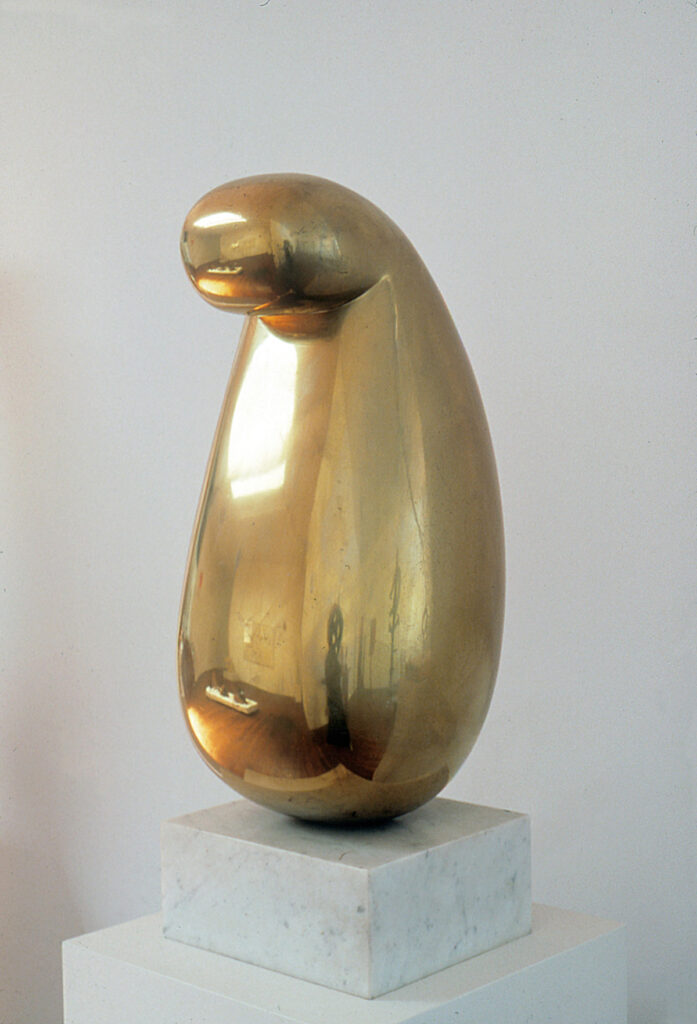
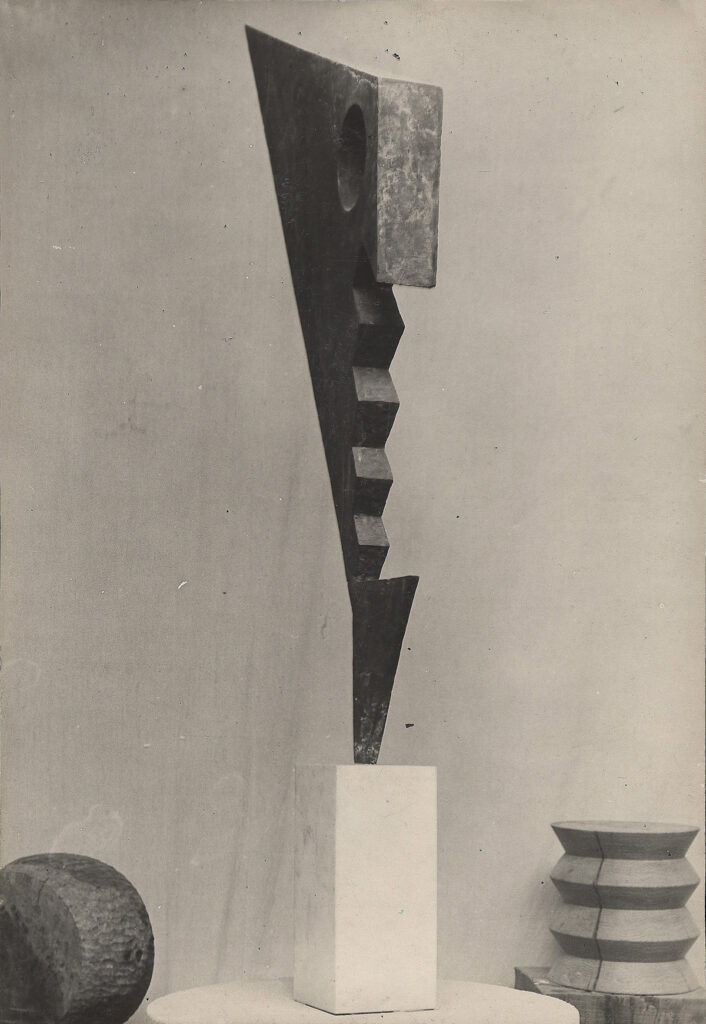
When his Guggenheim fellowship was not renewed, Noguchi finally returned to New York in 1929. He remained in contact with Brâncuși for years and continued to visit him in Paris until the end of his life. Isamu Noguchi was inspired by one of the greatest sculptors and became one of the greatest sculptors of the 20th century himself. He saw sculpture as an integral part of the environment and space – a perspective that was partly shaped by his encounter with Brâncuși.
While the Romanian artist paved the way for a new form of sculpture, Noguchi found in his mentor’s teachings the foundation for his own innovative expression. The two artists, united by a deep resonance of their aesthetic ideals, leave a legacy that has changed the understanding and practice of sculpture forever.
Many thanks to the Noguchi Museum for providing the images of Isamu Noguchi for this essay.
Further Reading / Resources
- Anna C. Chave, Brancusi and Noguchi: Towards “A Larger Definition of Sculpture”, p. 30
- Anna C. Chave, Brancusi and Noguchi: Towards “A Larger Definition of Sculpture”, p. 27
- https://brooklynrail.org/2011/02/artseen/on-becoming-an-artist-isamu-noguchi-and-his-contemporaries-19221960
- https://en.wikipedia.org/wiki/Isamu_Noguchi
- https://www.shiftlondon.org/features/the-mindful-aesthetic-world-of-isamu-noguchi-2/
- Anna C. Chave, Brancusi and Noguchi: Towards “A Larger Definition of Sculpture”, p. 34
- Anna C. Chave, Brancusi and Noguchi: Towards “A Larger Definition of Sculpture”, p. 60
